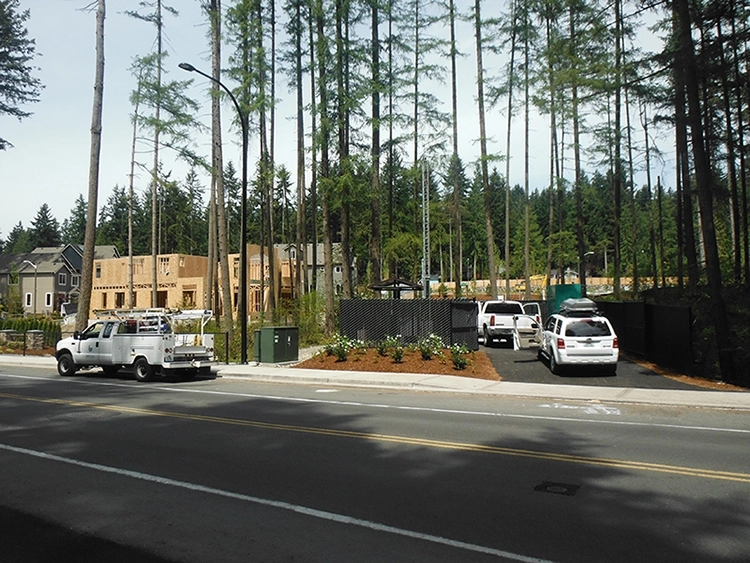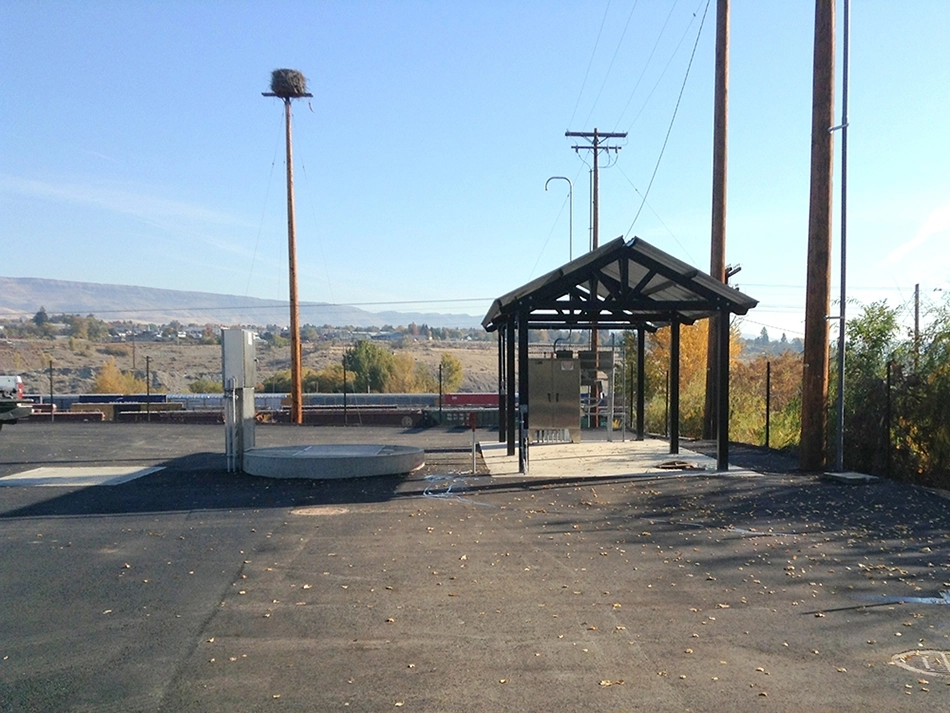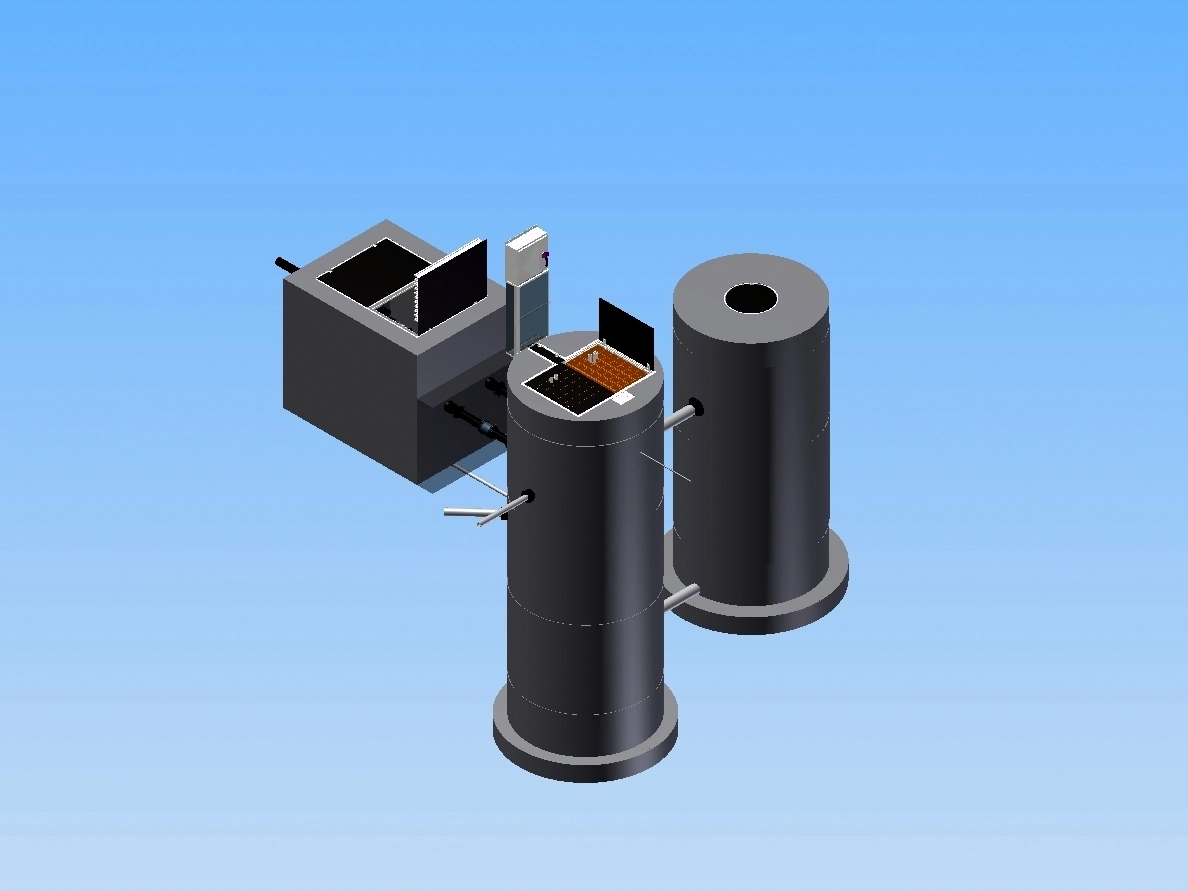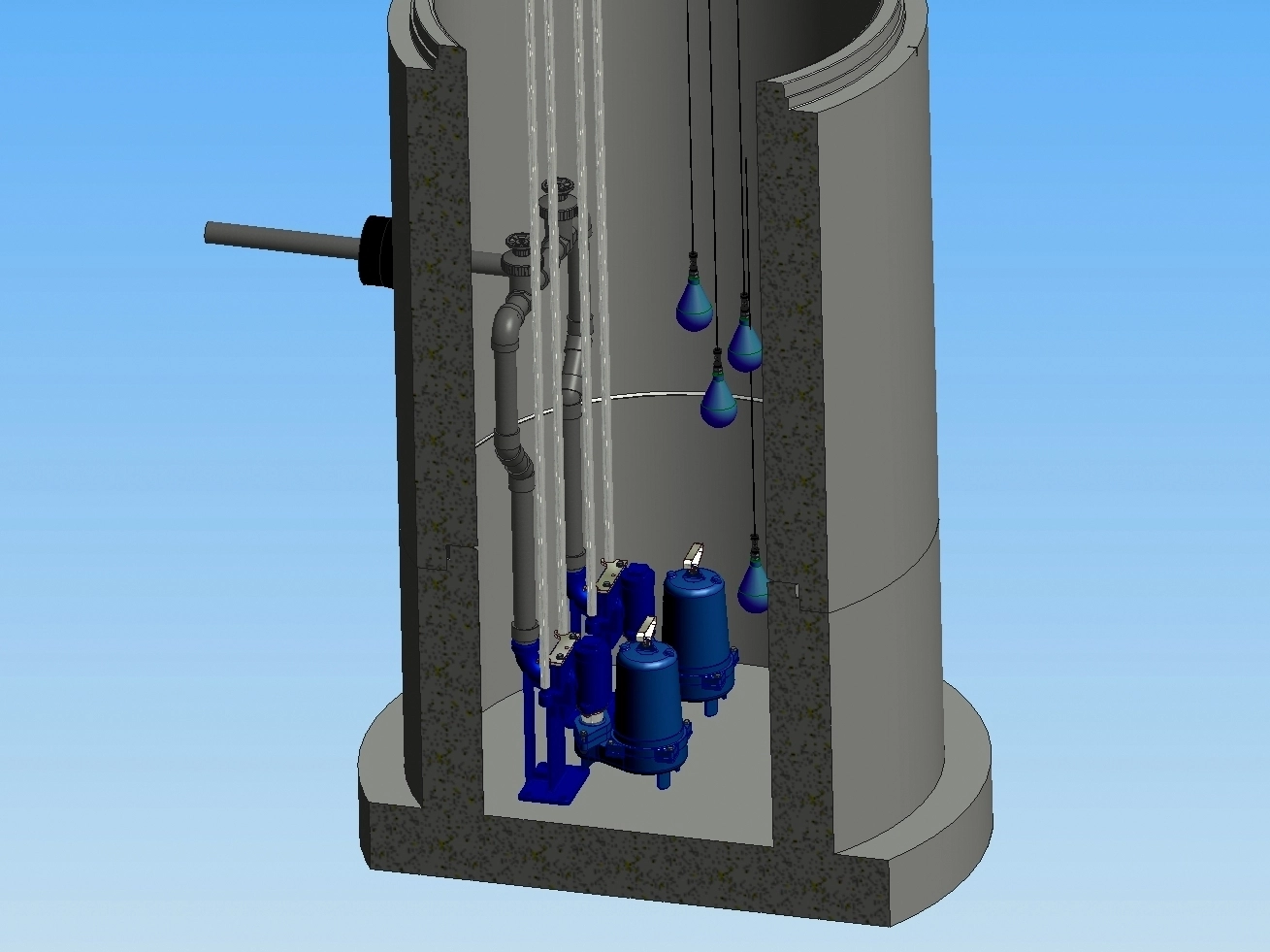
Peaking factor is a term that describes a fictitious scenario where the inflow to a lift station is calculated as several times higher than the maximum possible sewage flow. In more simple terms, if each house that flowed to a lift station turned on every shower, ran every faucet, and flushed every toilet, that number would be multiplied by a factor, typically by three, to account for substantially more than the maximum possible sewage flow. This number is used as a best practice in the engineering of sewer and wastewater lift stations, and understanding the specific peaking factor needs for your site is a crucial design consideration for your lift station.
Peaking factor is used to engineer lift stations as a failsafe against unknown amounts of water incursion into the system. These elements include things like inflow and infiltration, or I & I, and illegal sewer connections. I & I occurs when pipes, fittings, and seals wear down and groundwater is able to leak into sewer pipes. This added water flows to the lift station and increases the total flow that needs to be pumped. Illegal sewer connections are unaccounted for residences or buildings that drain into a sewer system without the flow being known or calculated. By designing a lift station with a peaking factor, these systems account for the absolute worst case scenario in terms of all possible flow sources.

This type of engineering is an industry best practice because no private or public agency ever wants to deal with overflow from a sewer system. This is a “better safe than sorry” approach, and it typically works without any significant drawbacks. Romtec Utilities always designs our systems to meet the customer’s specifications for peaking factor. The only caveat to this design principle is that there is no national standard for peaking factor. Romtec Utilities has worked on many projects where the specific peaking factor requirements were not well understood, and this lack of understanding can have far-reaching impacts on the life and functionality of a lift station.
The most common scenario is a peaking factor that is too high. Some organizations decided to over engineer its systems to ensure there is never a danger of overflow, but this type of approach can have other negative consequences. The first consequence is price. Higher peaking factors can require bigger pumps, bigger pipes, bigger valves, bigger sumps, and higher costs. If the peaking factor being required for the design is arbitrarily high and not based on specific knowledge of inflows, then a lift station design can become much more affordable by lowering the peaking factor. The second consequence is maintenance. Since higher peaking factors lead to bigger systems, consistently lower flows will take more time to switch on the pump cycles. This increased time between pump starts can potentially lead to wastewater turning septic, which can cause problems for the pumping system and the downstream systems and treatment as well.

The next scenario is a peaking factor that is too low. When there is pressure to get lower pricing on a lift station, decreasing the peaking factor can decrease cost like was mentioned above. This is not necessarily the best approach. Although peaking factors typically far outpace the realistic inflow experienced by a system, there are locations where high peaking factors are very necessary. These scenarios are typical in regions where the lift station site or its infrastructure are below sea-level or in a saturation zone beneath the water table. I & I can be a much more common occurrence in these types of locations, so a higher peaking factor, of up to five or even six, might be appropriate. Another example of appropriately high peaking factors is for areas experiencing increased storm events. Some regions that have historically not had severe weather are now experiencing increased annual rainfall. In these locations, anticipating the need for a higher peaking factor might also be appropriate.

It is important when evaluating peaking factor to consider the likelihood of ever meeting maximum inflow and what increased inflow potential exists. If there is a low chance of ever meeting these numbers and a low occurrence of additional water incursion, then a low peaking factor will save a lot of cost on a sewage lift station design. If there is a strong likelihood of meeting maximum flows and a high potential of additional water incursion, then a high peaking factor is the safest route. Romtec Utilities will always design lift stations and pumping systems to meet the specific requirement of each customer, but we also work hard to make sure that the design includes a complete understanding of peaking factor and how it affects the system design and engineering.
